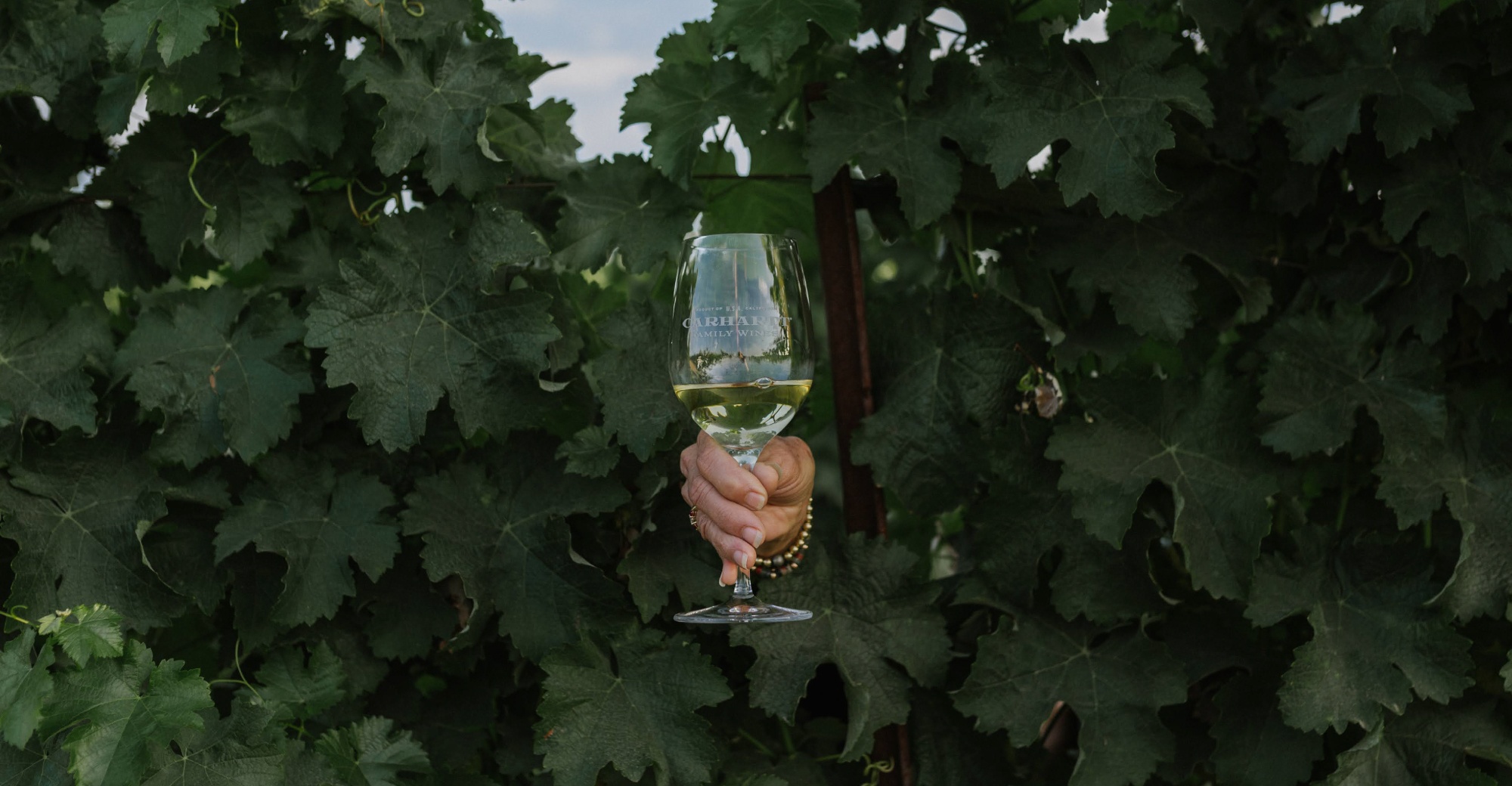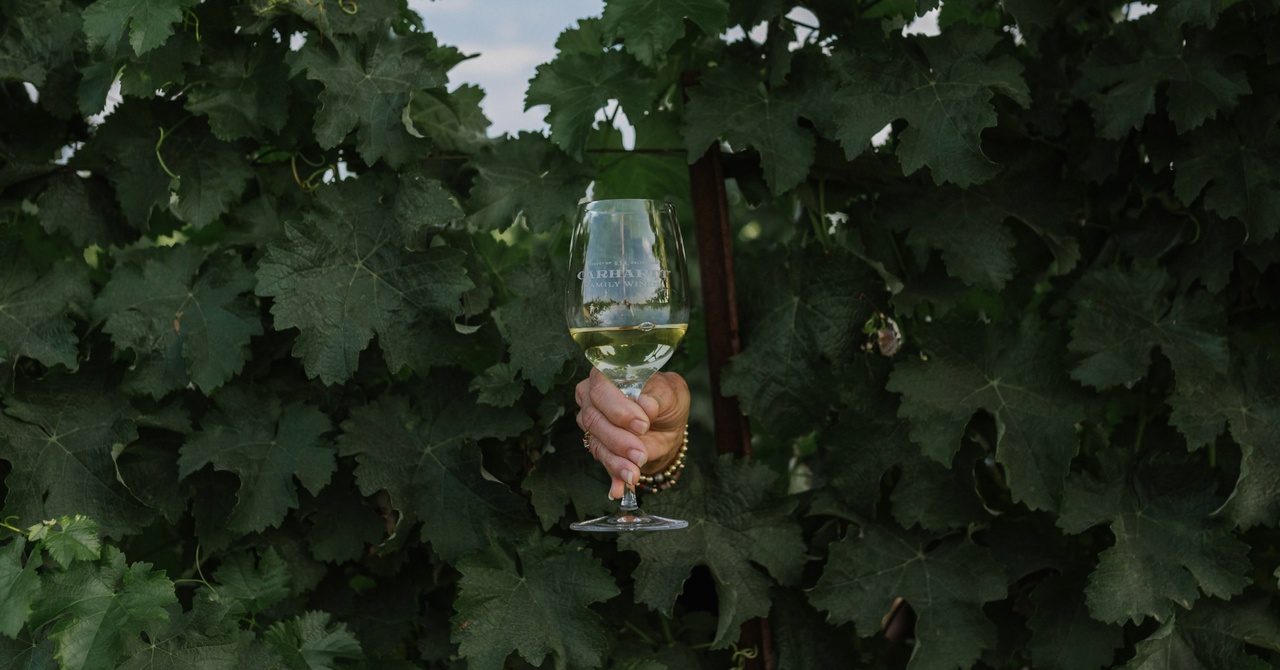

When it comes to wine, the conversation around aging often centers on reds—but white wines have their own story to tell as they mature. Whether you’re a seasoned collector or a curious sipper, exploring how white wines evolve with age is a fascinating (and delicious) journey.
So what does happen when a white wine is tucked away for a few years—or even a decade?
One of the most visible changes in aging white wine is its color. A pale straw hue may gradually shift into a deeper gold or even amber over time. This darkening is a natural result of oxidation and the slow breakdown of compounds in the wine. It’s not a sign of spoilage—just one of nature’s ways of signaling that something interesting is happening inside the bottle.
Young white wines are typically bursting with bright, fresh aromatics—think citrus, green apple, or floral notes. As the wine ages, those primary aromas begin to mellow and give way to more complex, layered scents. You might detect honey, toasted nuts, dried fruits, or even a touch of minerality. This aromatic shift is one of the most intriguing parts of tasting aged whites.
With age, many white wines develop a rounder, more viscous mouthfeel. The acidity—often bracing in youth—can soften, giving the wine a silkier texture. While crispness may give way to smoothness, the structure can become more harmonious, especially in wines with strong natural acidity or time spent in oak.
The fruit flavors of a young white wine (citrus, stone fruit, melon) often evolve into notes of baked apple, marmalade, almond, or spice. This doesn’t necessarily make the wine “better” or “worse”—just different. The aging process adds nuance, shifting the balance from fruit-forward to something deeper and more contemplative.
Every white wine evolves differently over time, and not all are meant for extended cellaring. Factors like grape variety, winemaking style, vintage, acidity, and storage conditions all influence how a wine will change. Some may develop richer, more layered profiles after a few years, while others shine brightest in their youth. The beauty of exploring aged white wine lies in experiencing those unique transformations for yourself.
Exploring how white wine ages is a chance to learn, taste, and expand your palate beyond the expected. Whether you prefer your whites crisp and youthful or mellow and mature, there’s no right answer—just the joy of discovery.
Interested in how white wines age? Click here to purchase our White Wine Library Mystery Pack.